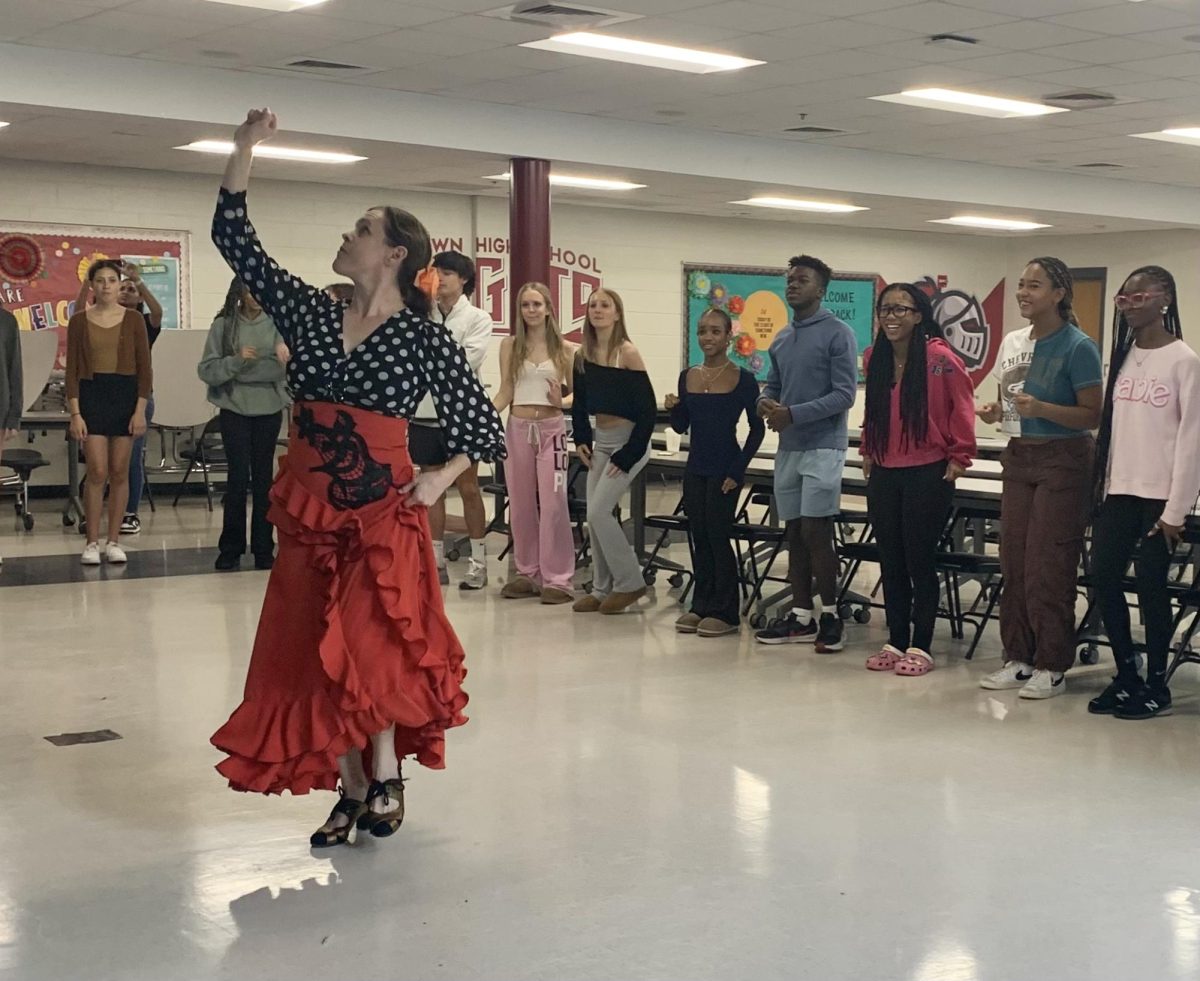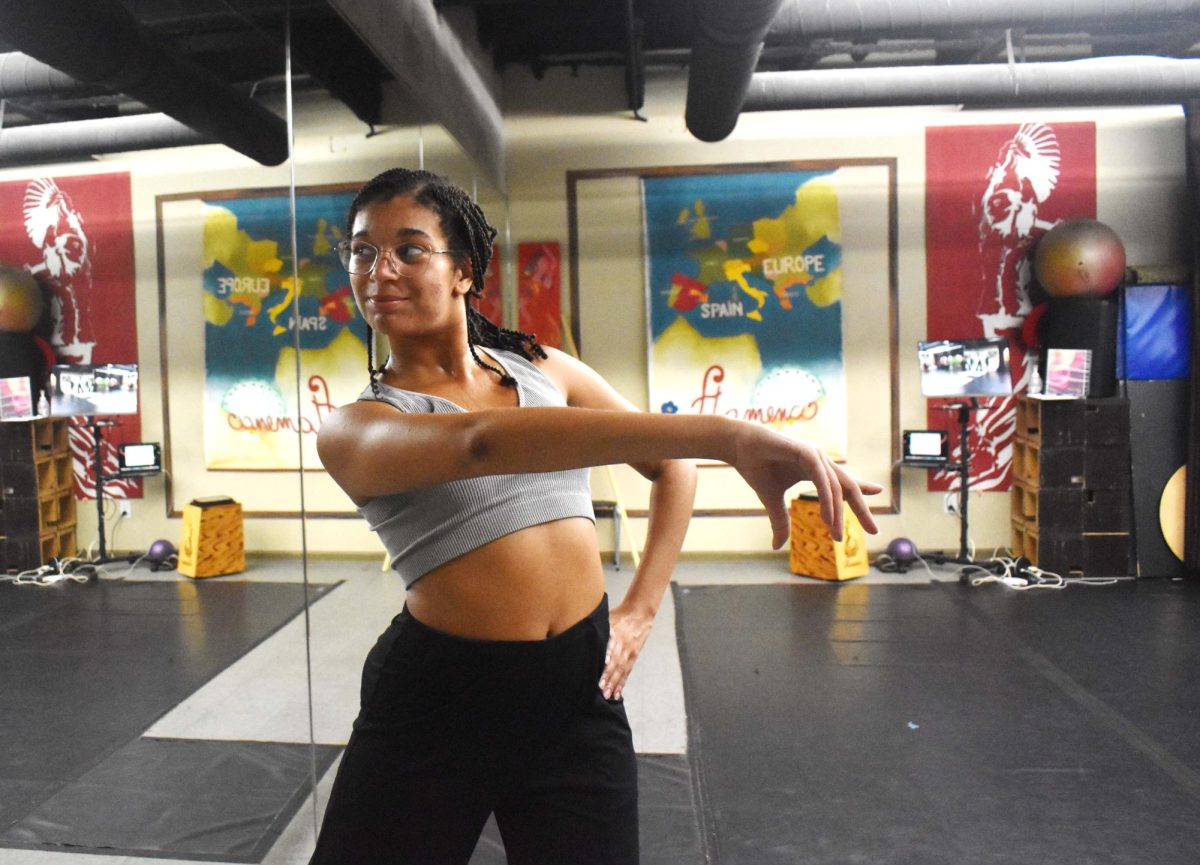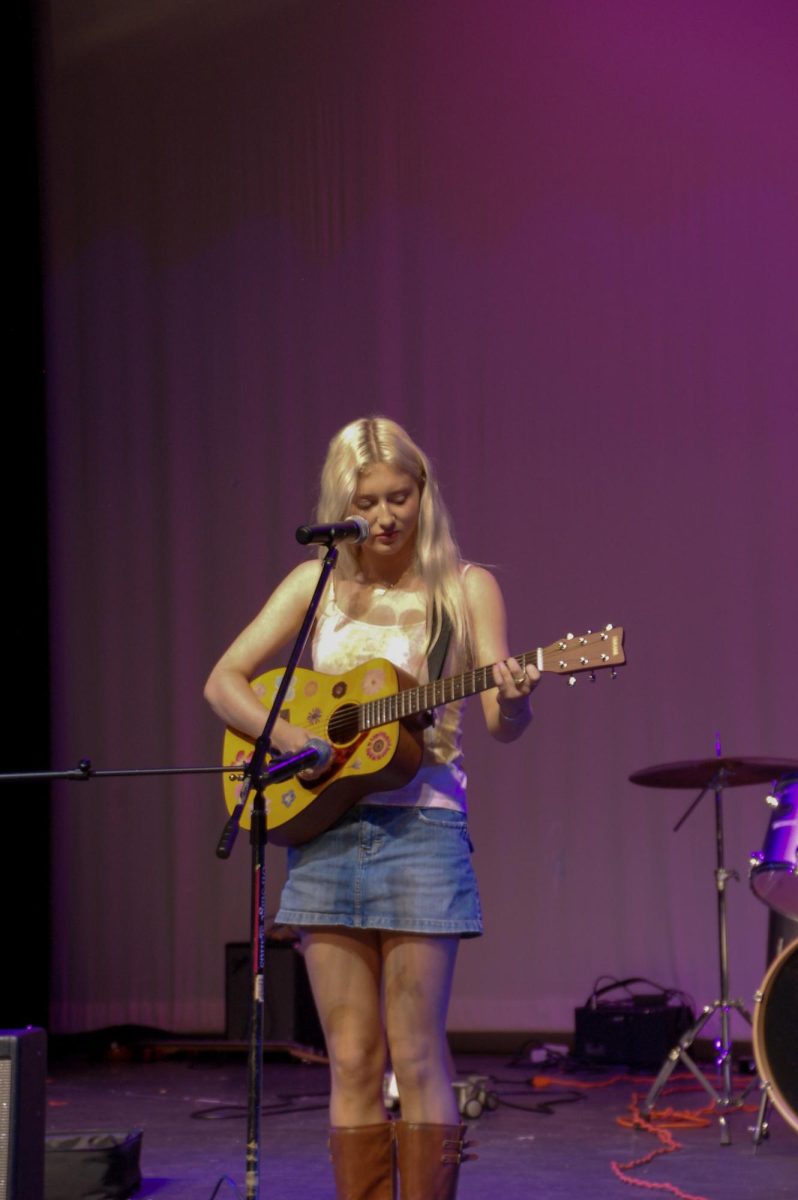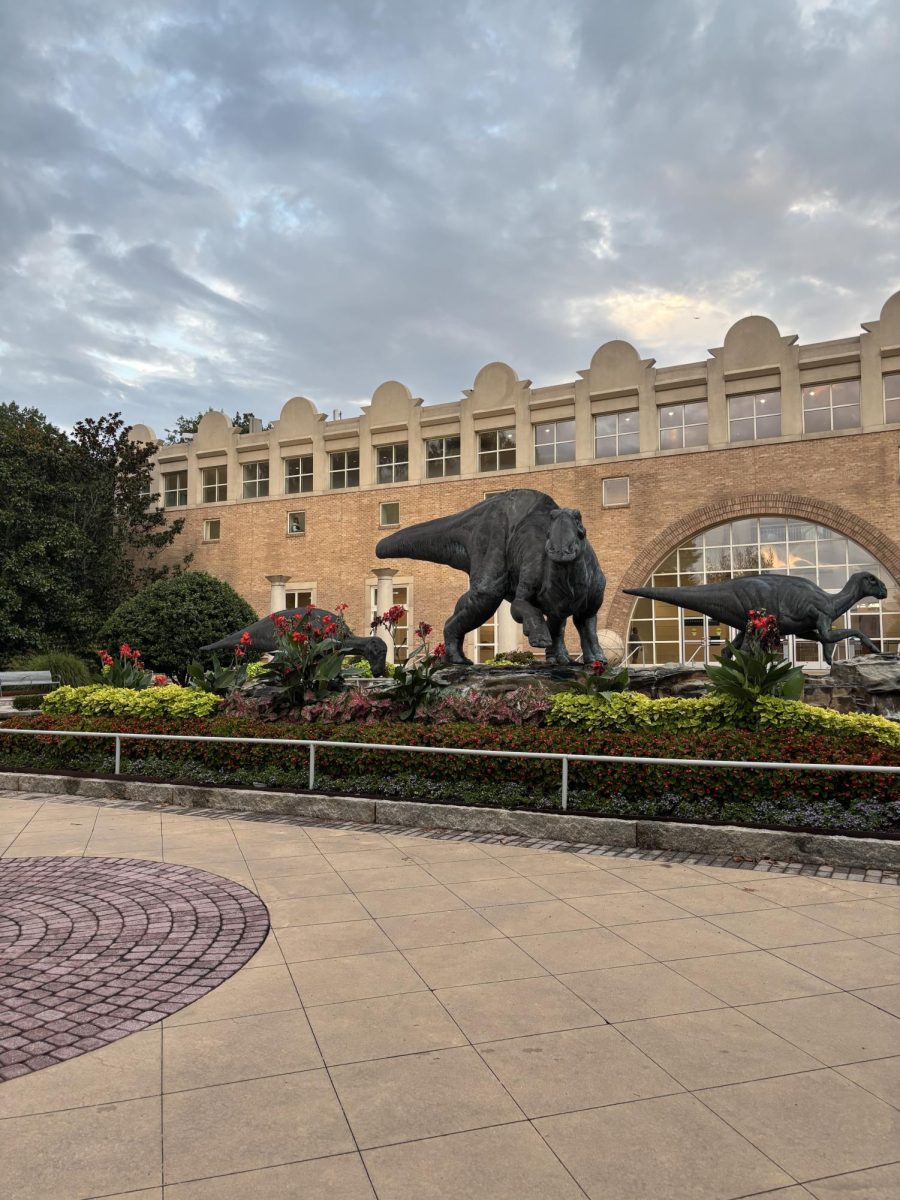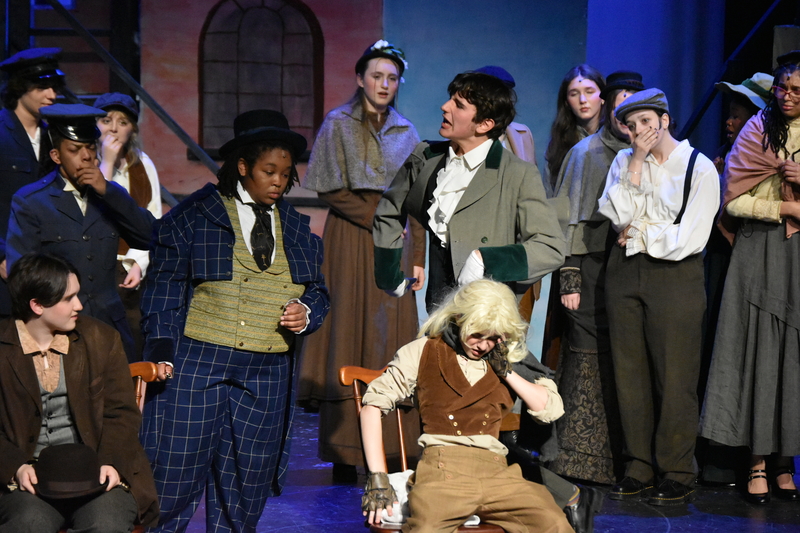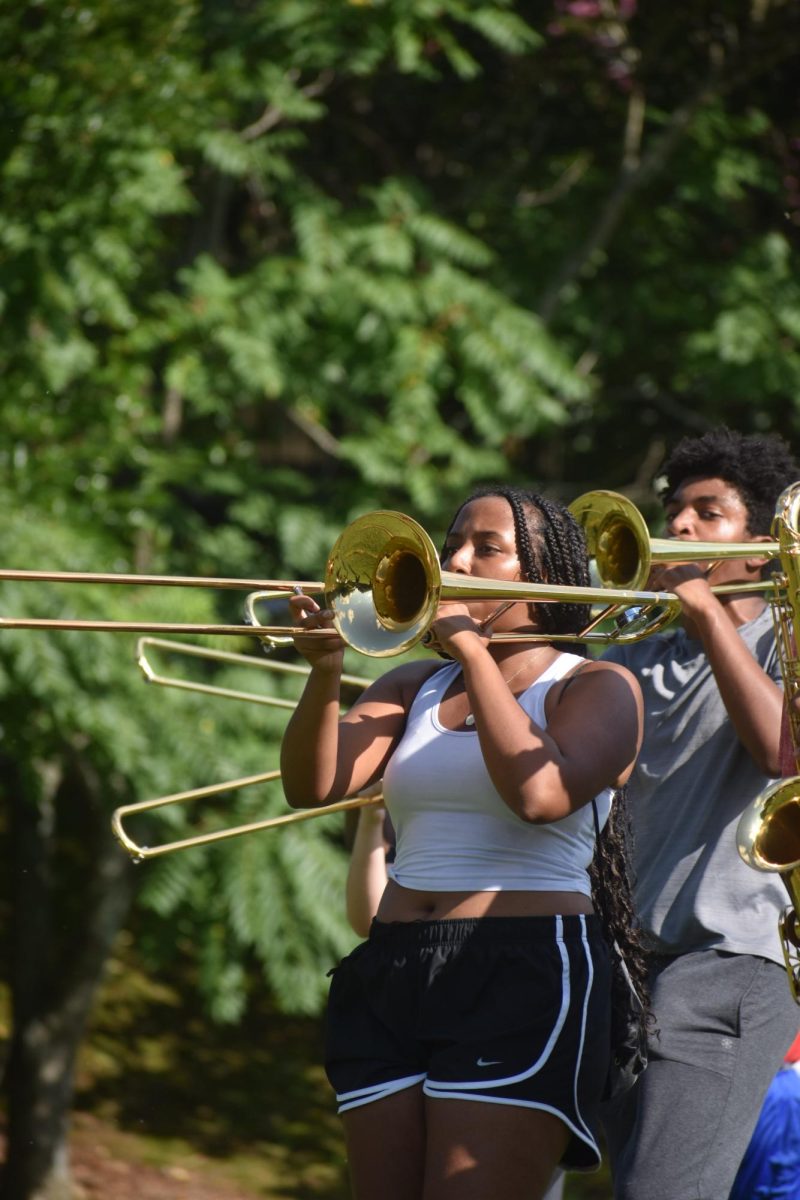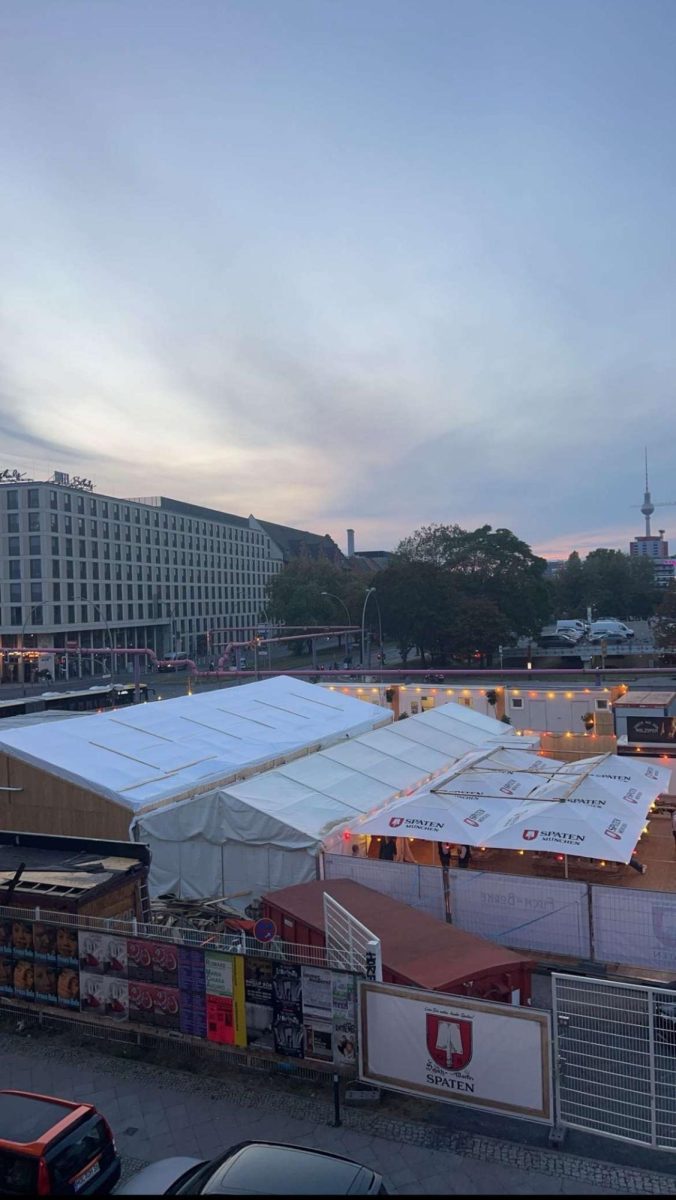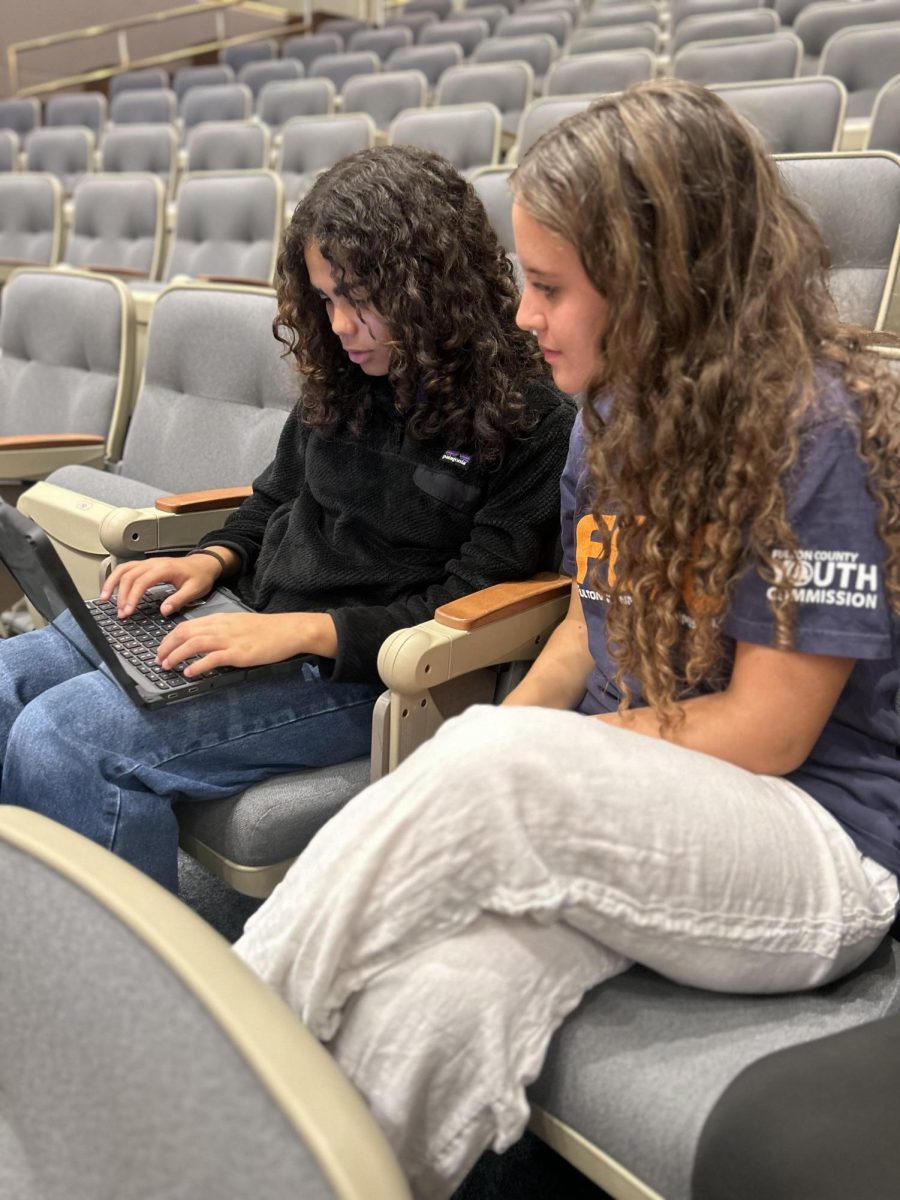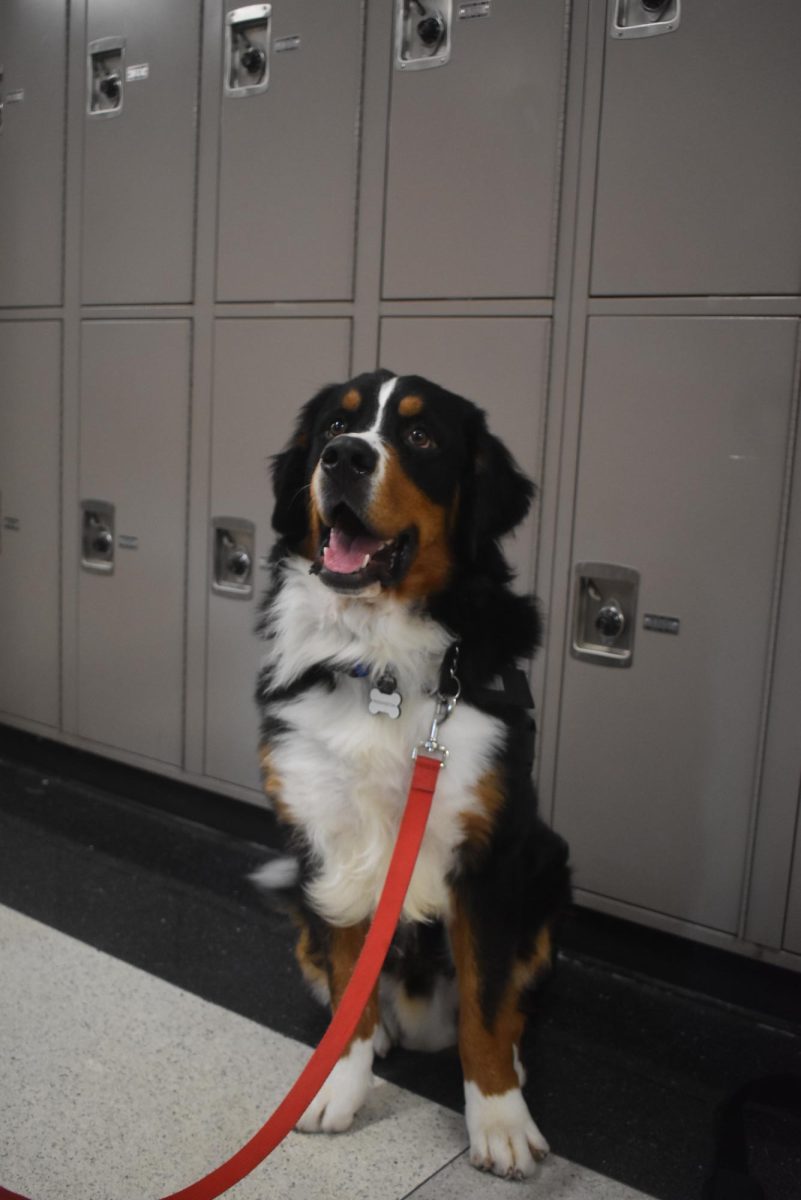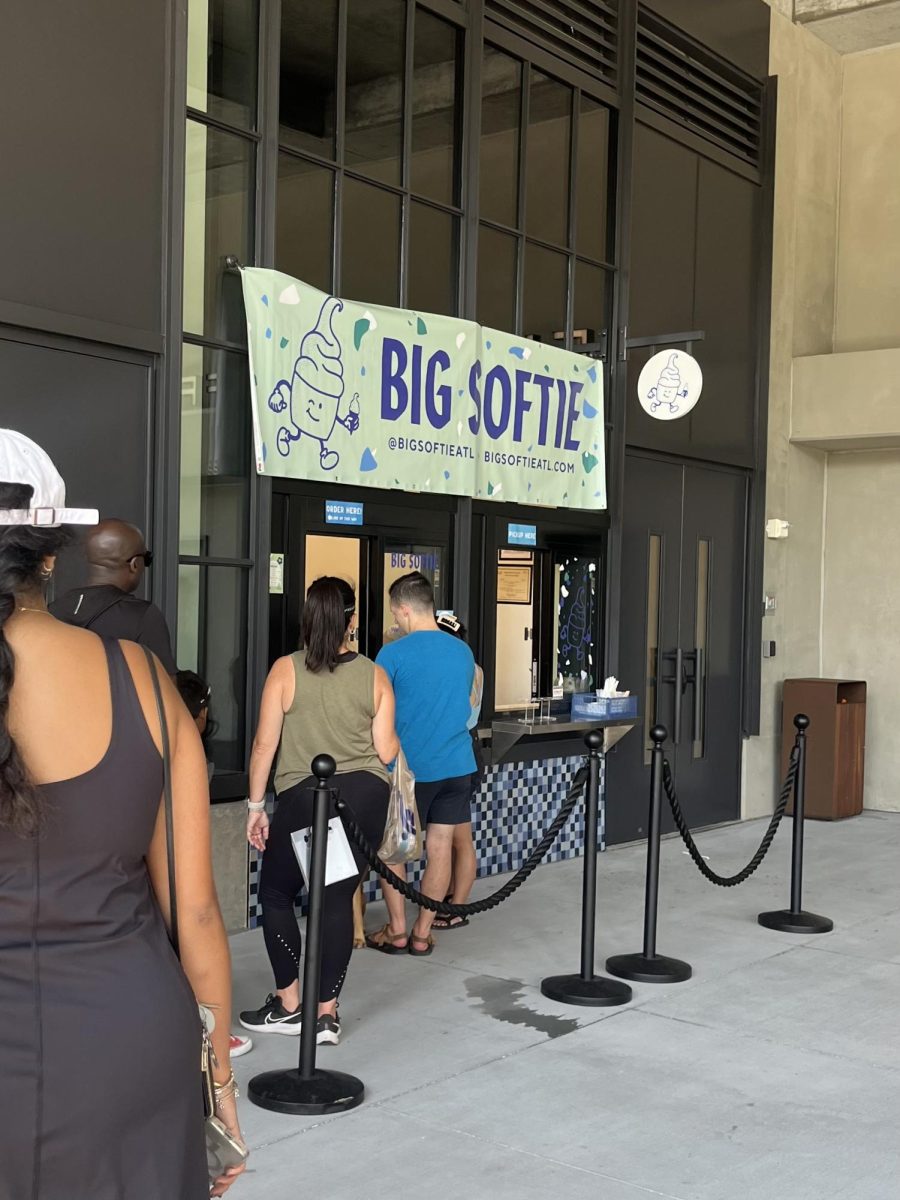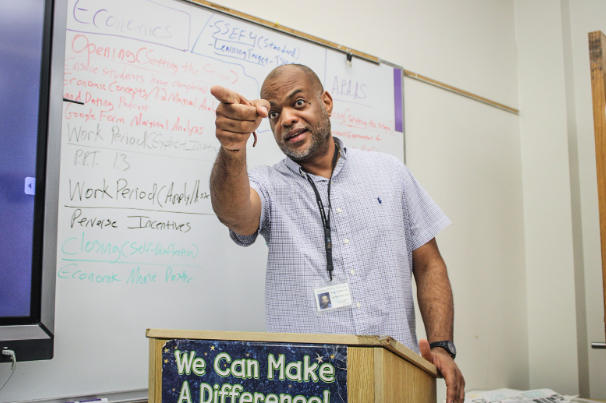While learning flamenco dance, students use elements from science, technology, engineering, art and math to honor Hispanic Heritage month.
From Sept. 15 through Oct. 15, Hispanic Heritage month honored the roles that Hispanic Americans play in shaping American culture, history and accomplishments.
“The project was created with the goal of celebrating Hispanic Heritage Month, but at the same time having an activity that had a connection with STEAM education,” Spanish teacher Lilliana Ortegon said. “After reviewing and learning about flamenco a little bit more, [the Spanish teachers] found out that there are many components of flamenco that are related to math, science, music, art and of course dance.”
According to STEAM coordinator Stacey Tanner, students can gain a deeper understanding of the connections among all courses by integrating STEAM principles with flamenco.
“STEAM is a very natural fit for this project,” Tanner said. “It is exciting to shift the teaching and learning experience by understanding the interconnectedness of all subjects. The arts are enjoyable and perhaps their craft seems easier than it is. However, fine & performing arts are interconnected with science, technology, arts, engineering, & math.”
Instructor Julie Galle Baggenstoss has been a professional flamenco teacher in schools, connecting flamenco to non-arts curricula for the last 20 years.
“A lot of times, I talk to students about world history and I talk to students about [the] Spanish language, but more and more over the past few years, I’ve been doing mathematics-based programs,” Baggenstoss said. “The idea of these programs is to think mathematically, to use that kind of logic and that kind of problem solving in creating arts.”
Math teacher Talyssa Hunter presented her AP Calculus students with a project that incorporates flamenco into their lessons.
“Right now we’re doing derivatives in calculus, so I’m going to incorporate the concept of derivatives with a choreographed dance routine to demonstrate how rate of change, which is equivalent to derivatives, influences the motion of dancers,” Hunter said.
Hunter said this project is an opportunity to use STEAM principles in order to come up with a unique solution to the question presented while bringing fun to calculus.
“This is where I hope that students make it their own,” Hunter said. “I hope that students are able to come up with things by thinking critically and solving problems creatively.”
Tanner believes the STEAM “learner profile” is essential for students as they embody useful skills that are integral in the workforce.
“The STEAM Learner Profile Areas of Focus include Excel Academically, Think Critically, Solve Problems Creatively, Investigate Thoroughly, Collaborate Strategically, Utilize Technology and Compete Willingly,” Tanner said. “All these attributes are included in the flamenco dancing activity.”
Senior Jameson Knight, who has participated in the flamenco dance with Ortegon’s class and is working on the flamenco project in Hunter’s class, said that the flamenco event is a unique opportunity to be innovative and inventive.
“I liked that we were able to connect with a different culture and learn more about flamenco,” Knight said. “I am excited for the calculus project. I think it is a very interesting concept and I am looking forward to having the ability to be creative with this project.”
Bagenstoss said she noticed more students have been participating in this project, as they become more accustomed to the dance over the lesson.
“I’m thrilled and it’s super impressive to see a school full of students who are willing to take a risk to make these connections and to try flamenco dancing, which is not necessarily part of everyday life in Atlanta, Georgia,” Bagenstoss said. “I’m asking students to do things that maybe they haven’t done before and they’re very bright.”
Along with teaching students some steps of flamenco dance during her presentation, Baggenstoss teaches the history of flamenco and introduces students to new perspectives.
“We’re looking at all the different ways that cultures are connected across time and across space,” Baggenstoss said. “And when we are able to find these connections, then we’re able to celebrate together in ways that we may not have done before, and I see people working together and they’re people who may not have worked together outside of this program.”
Through her instruction, Baggenstoss said she hopes to expand students’ perceptions of what it means to be Hispanic.
“I want to look at how our art forms are connected in history and then how they have evolved from common points in history,” Baggenstoss said. “And when you do that, then you start to realize that this idea of Hispanic goes back a very long way and it has a very broad impact on our everyday lives here.”
Hunter said that the flamenco project is integral in representing Hispanic Heritage Month and hispanic culture.
“In our diverse school like Midtown, it’s important for students to show [their] appreciation for other cultures and educate themselves,” Hunter said. “You just want to be empathetic to other people’s cultures.”
Ortegon said the purpose of the project was to introduce students to diverse viewpoints and culture that can foster greater unity within the school and the community.
“What we’re looking for is being more open and more understanding,” Ortegon said. “Its [purpose] is to create that sense of community, knowing that we are all different, but we can make one great community.”

